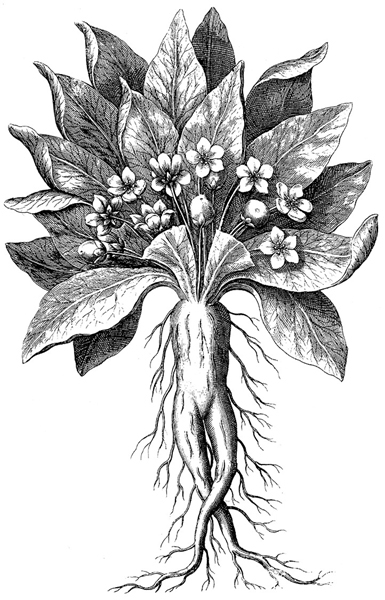Image Details

The anthropomorphic roots of the mandrake, engraved by the 18th-century artist Matthaeus Merian, led to its association with fertility: A plant that often appears disturbingly human in form was considered beneficial in conceiving humans. The first-century C.E. military surgeon Pedanius Dioscorides, describing the plant as anesthetic, soporific and aphrodisiac, noted that the “root seems to be a maker of love-medicines.” Soon after the barren Rachel obtained mandrakes from Reuben, her sister Leah’s first son, “God opened [Rachel’s] womb” and “she conceived and bore a son” (Genesis 30:22–23).
The mandrake, which can work as a local and general anesthetic, and other indigenous plants offered ancient Israelites convenient and inexpensive cures for medical problems.
